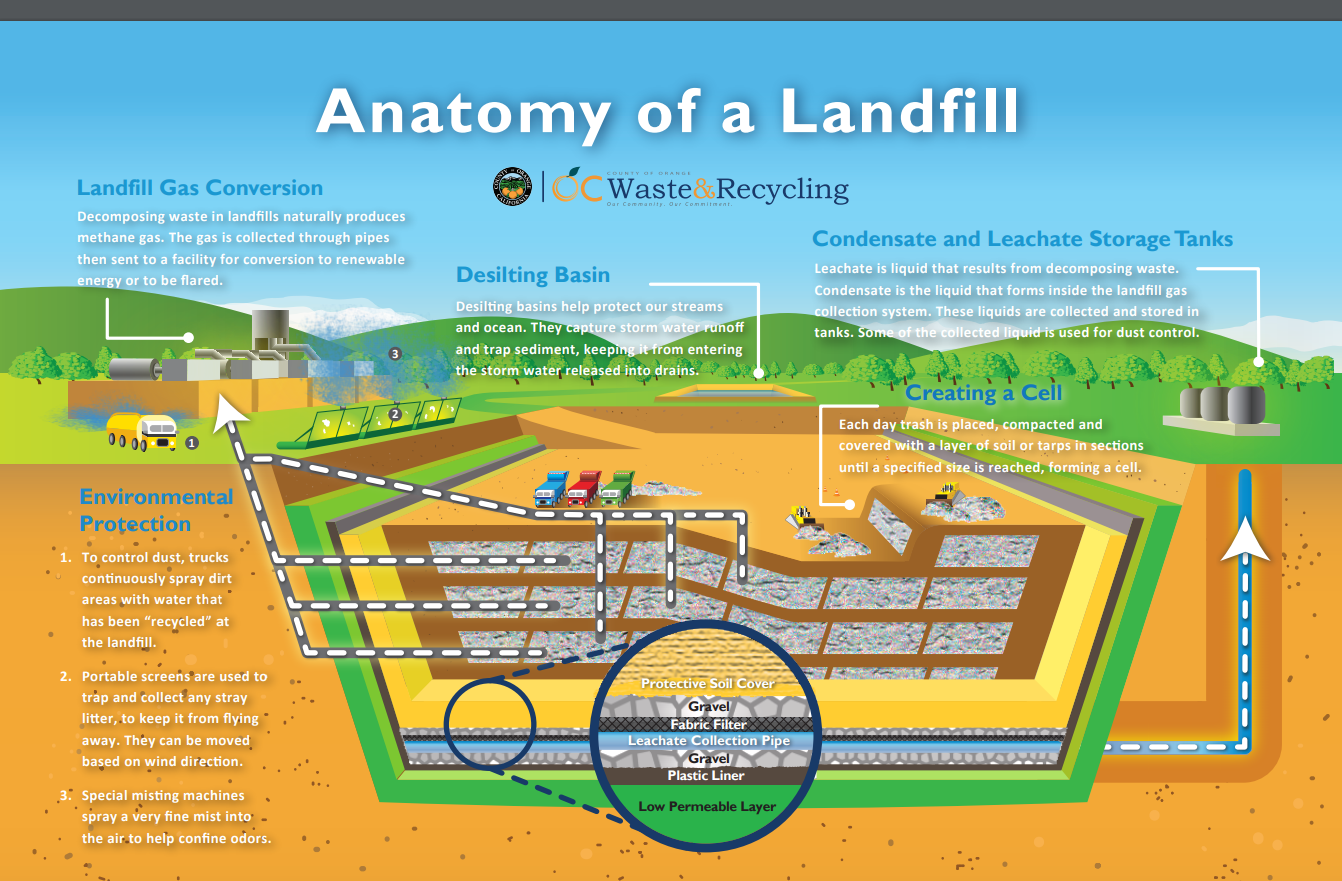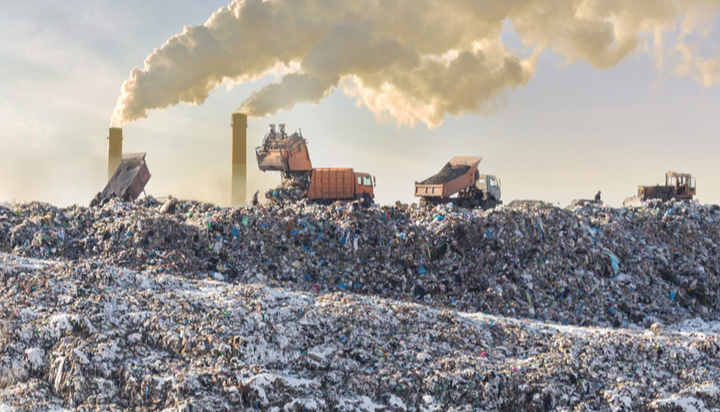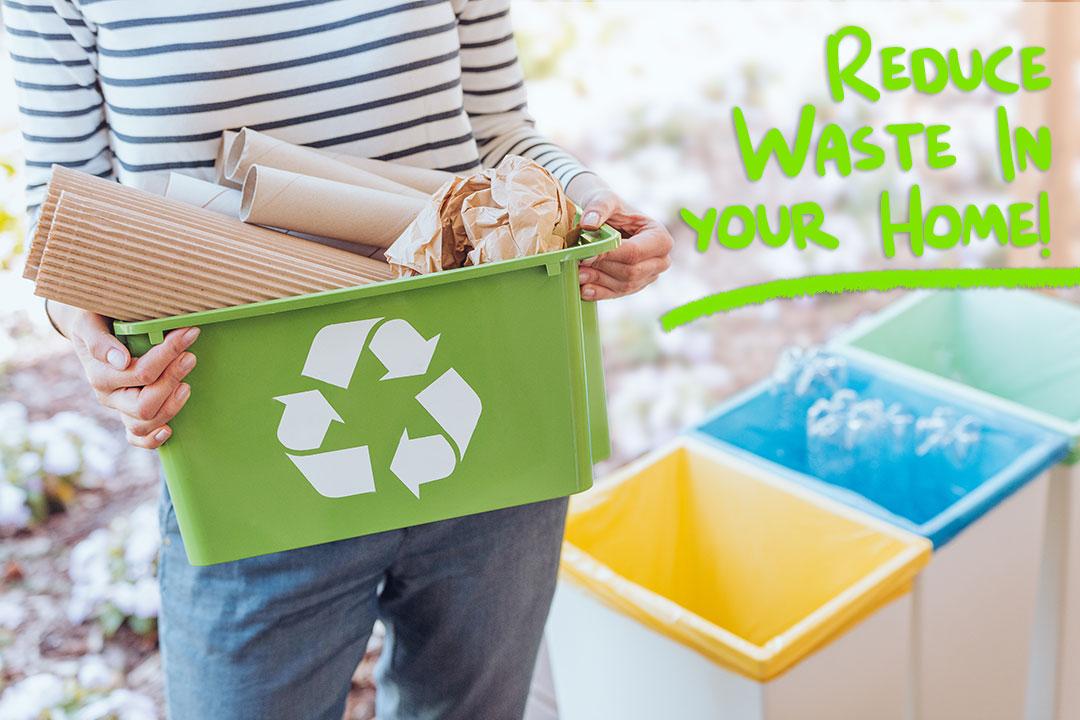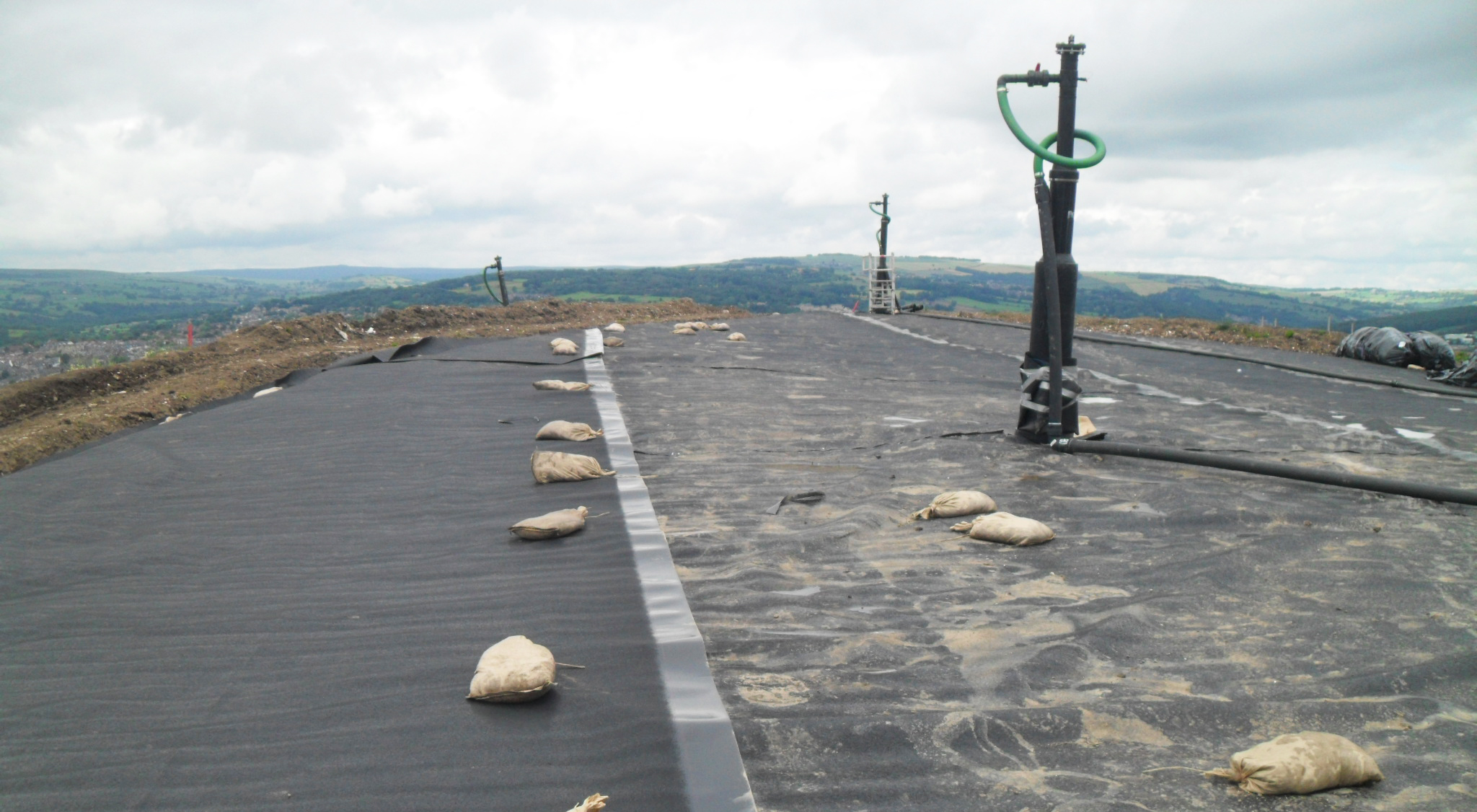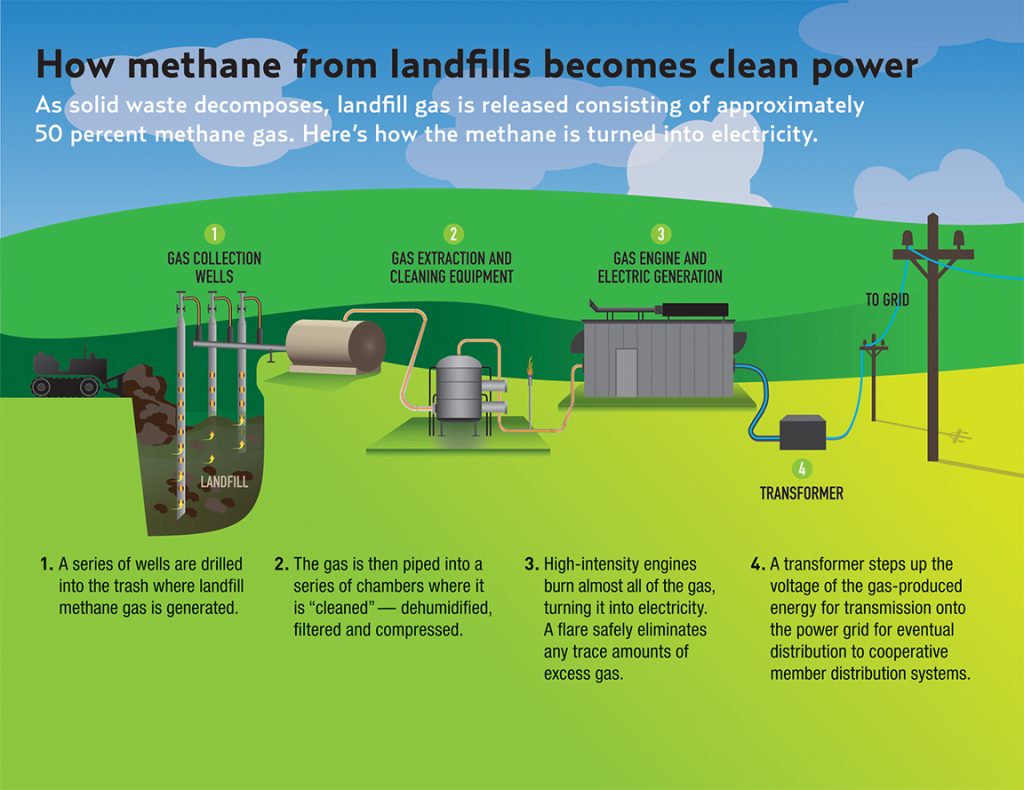Landfill Presentation
| Introduction to Landfill | ||
|---|---|---|
| A landfill is a designated area where waste materials are disposed of and covered with layers of soil. Landfills are commonly used for the disposal of non-hazardous household and commercial waste. Landfills are carefully engineered to prevent environmental contamination and protect public health. | ||
| 1 | ||
| Types of Landfills | ||
|---|---|---|
| There are three main types of landfills: municipal solid waste (MSW) landfills, industrial landfills, and hazardous waste landfills. MSW landfills receive household waste, such as food scraps, paper, and plastic. Industrial landfills receive waste produced by manufacturing, construction, and demolition activities. | ||
| 2 | ||
| Components of a Landfill | ||
|---|---|---|
| The base of a landfill is lined with impermeable materials to prevent leachate, a liquid formed from decomposing waste, from contaminating groundwater. Waste is compacted and covered with soil or an alternative daily cover at the end of each day to minimize odors, pests, and windblown litter. Landfills are equipped with a methane gas collection system to capture and manage the gas produced by decomposing waste. | ||
| 3 | ||
| Environmental Impact of Landfills | ||
|---|---|---|
| Landfills can release greenhouse gases, such as methane and carbon dioxide, contributing to climate change. Improperly managed landfills can contaminate groundwater and surface water with leachate, which contains harmful substances. Landfills can emit odors and attract pests, impacting the quality of life for nearby communities. | ||
| 4 | ||
| Landfill Management Practices | ||
|---|---|---|
| Landfill operators follow strict regulations and guidelines to manage and mitigate environmental impacts. Monitoring systems are used to track gas emissions, leachate levels, and groundwater quality. Landfills are regularly inspected and maintained to ensure compliance with environmental regulations. | ||
| 5 | ||
| Waste Reduction and Recycling | ||
|---|---|---|
| Waste reduction and recycling initiatives can help minimize the amount of waste sent to landfills. Communities can implement recycling programs to divert recyclable materials from the waste stream. Composting organic waste can reduce the volume of waste sent to landfills and produce nutrient-rich soil amendments. | ||
| 6 | ||
| Landfill Closure and Aftercare | ||
|---|---|---|
| When a landfill reaches its capacity, it undergoes closure procedures, including capping the site with soil and installing a final cover. After closure, landfills require ongoing monitoring and maintenance to ensure long-term environmental protection. Landfill sites can be repurposed for other uses, such as parks or renewable energy generation. | ||
| 7 | ||
| Landfill Gas Utilization | ||
|---|---|---|
| Landfill gas, primarily composed of methane, can be collected and utilized as a renewable energy source. Methane can be captured and used for electricity generation or as a fuel for vehicles. Landfill gas utilization projects help reduce greenhouse gas emissions and generate revenue for landfill operators. | ||
| 8 | ||
| Public Perception and Community Engagement | ||
|---|---|---|
| Landfills often face public opposition due to concerns about environmental and health impacts. Community engagement and transparent communication are essential to address concerns and build trust. Proactive measures, such as community advisory committees, can help involve stakeholders in landfill planning and decision-making processes. | ||
| 9 | ||
| Conclusion | ||
|---|---|---|
| Landfills play a crucial role in waste management, but their environmental impact needs to be carefully managed. Proper landfill design, operation, and closure procedures are necessary to protect the environment and public health. Continued efforts in waste reduction, recycling, and alternative waste management methods are essential for a sustainable future. | ||
| 10 | ||
| References (download PPTX file for details) | ||
|---|---|---|
| United States Environmental Protection Agency... Waste Management. (n.d.). Landfill Basics. Re... National Waste & Recycling Association. (n.d.... |  | |
| 11 | ||
